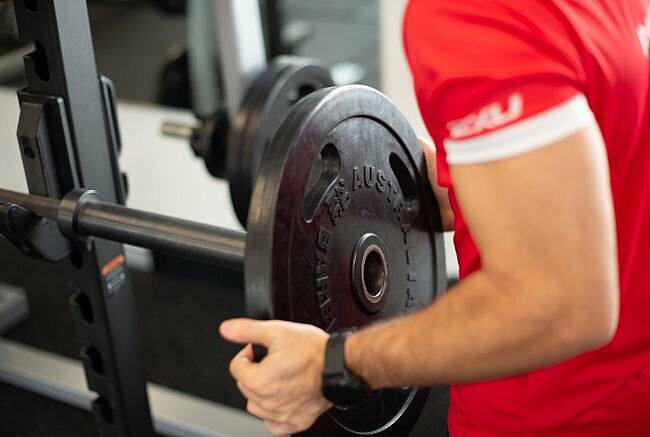Two fundamental concepts often discussed are training intensity and progressive overload. While they are closely related, they represent distinct aspects of a workout regimen that can significantly impact your progress and performance. In this article, we'll delve into the nuances of training intensity versus progressive overload, exploring what each entails, how they differ, and how both can be harnessed to enhance your fitness journey.
Understanding Training Intensity: Training intensity refers to the level of effort exerted during a workout session. It encompasses various factors such as the amount of weight lifted, the number of repetitions performed, and the duration of the workout. Essentially, it gauges how challenging a particular exercise or routine is for an individual. For instance, lifting heavier weights or increasing the resistance on a cardio machine can elevate training intensity. Additionally, factors like exercise tempo (the speed at which repetitions are performed) and training volume (the total amount of work completed in a session) also contribute to intensity levels.
Measuring Training Intensity: Measuring training intensity encompasses multiple factors beyond just the amount of weight lifted. Tempo, for instance, dictates the speed at which repetitions are performed, influencing muscle engagement and metabolic demand. Slowing down the eccentric phase of a lift, for example, can enhance time under tension and stimulate muscle fatigue. Moreover, adjusting the volume of a workout by increasing the number of sets or repetitions can escalate the overall workload, thereby amplifying training intensity. Similarly, altering the duration of a workout session or the rest periods between sets can impact metabolic stress and cardiovascular demand, further challenging the body and elevating the intensity of the training session. By manipulating these variables strategically, individuals can customise their workouts to target specific fitness goals and maximise performance gains, emphasising the multifaceted nature of training intensity beyond simply lifting heavier weights.
Embracing Progressive Overload: Progressive overload, on the other hand, centers on the concept of gradually increasing the demands placed on the body during exercise to stimulate ongoing improvements in strength, endurance, and muscle growth. It serves as the driving force behind long-term progress, as the body adapts to progressively higher levels of stress. By consistently challenging your muscles beyond their current capabilities, whether through increasing weights, repetitions, or intensity, you compel them to adapt and become more resilient. This principle underpins the foundation of effective strength training programs, emphasizing the importance of continuous progression to achieve optimal results.
In conclusion, training intensity and progressive overload are integral components of any successful fitness regimen, each playing a distinct yet interconnected role in driving performance improvements. While training intensity measures the immediate effort exerted during a workout, progressive overload focuses on the systematic progression of training stimuli to elicit ongoing adaptations. By understanding the differences between the two and leveraging their synergistic relationship, individuals can tailor their workouts to optimise results and break through performance plateaus. Whether you're a seasoned athlete or a novice enthusiast, harnessing the power of training intensity and progressive overload can propel you closer to your fitness goals with each rep, set, and workout session.

